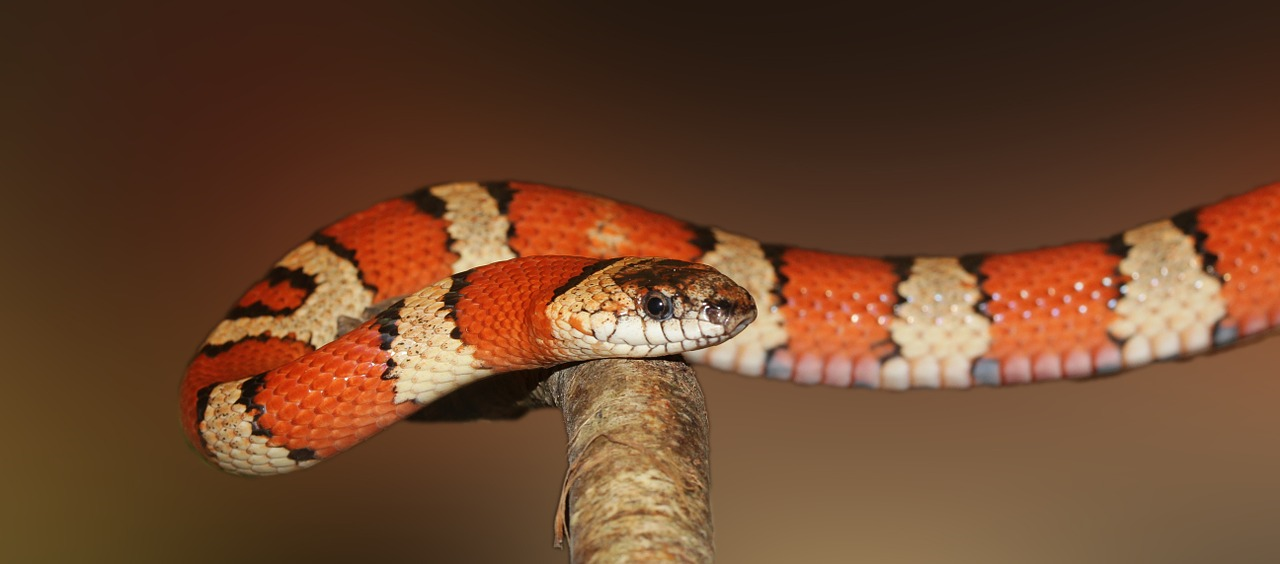
A couple of weeks ago, we talked about how often you should feed your snake. But we didn’t cover much about what your snake is eating. You probably know that snakes are carnivores and require live or frozen prey. And for most snakes kept as exotic pets, mice make a perfectly-portioned meal. Most exotic pet suppliers keep mice in stock that you can purchase for your herp. Some reptile owners, however, prefer to keep their own stock of food. Let’s have a look at what it takes if you’re considering keeping rodents for your snakes.
Keeping mice in a habitat
Are you ready for the challenge? If you plan to breed your own mice for your snake, you are investing time and effort into essentially keeping two sets of animals--your herps and their prey. And that comes with extra responsibility. Just as your reptile needs the right care and habitat, so do the animals you are breeding to feed it.
Mice need breathable cages with very small spacing between the cage slats. Take a close look. Can a young mouse squeeze between the openings? You want to make sure the young your breeders produce don’t get loose.
Additionally, it’s a good idea to keep your mice in a separate room from your snake. The mice do give off a lot of scent. You probably even want to keep them somewhere away from the most used portion of your home to keep offensive smells to a minimum. You will likely need multiple cages of mice with about 2 to 4 females per one male to keep a steady supply of rodents. Never put more than one male in a breeding cage, or bad stuff happens (i.e. fighting, death, more scent marking, babies eaten by mice instead of snakes).
What to feed mice
Your mice will need to eat too. Fortunately, you don’t have to breed their food. You can buy some nutritionally well-rounded rodent pellets at pet shops or farm suppliers. And of course you need to provide a constant supply of water. The drip water bottles sold at pet stores work perfectly.
Breeding mice for your snake
Female mice can produce babies about every 28 days, occasionally producing a new litter in as few as 18 days. For best results, keep your males and females separate until they are ready to breed. At that time, place them in a clean cage that neither the male nor females have marked as their territory. After you have given the mice time to breed, about 10-15 days, you should remove the male from the cage to a separate solitary habitat. This prevents the male from attacking the new litter of babies.
When the young mice are weaned, you can remove them to their own cages to become new breeder groups or feeder mice. Males and females can breed for about up to one year of age. Feeder mice are typically euthanized with CO2. They can be stored in a freezer until your snake is ready for a feeding.
This article only provides introductory information about breeding mice for snake food. Watch The Tye-Dyed Iguana blog for future articles with more in-depth advice.
